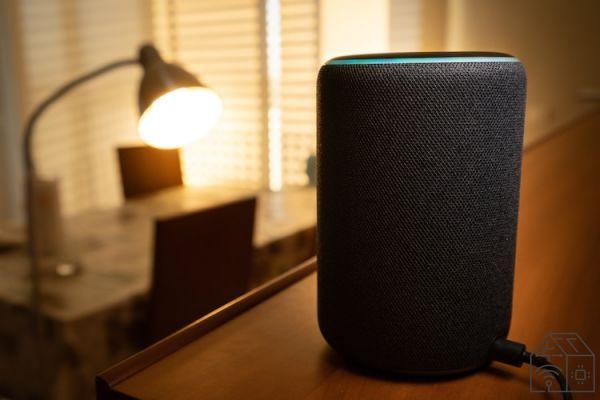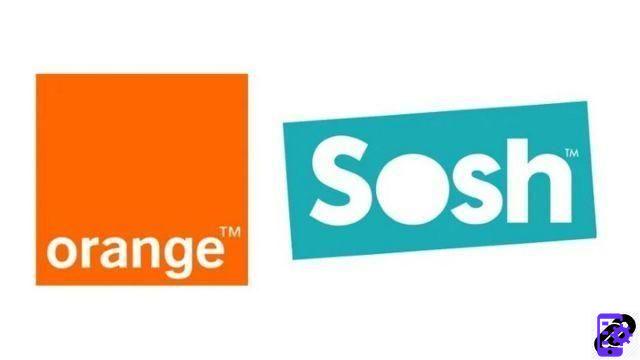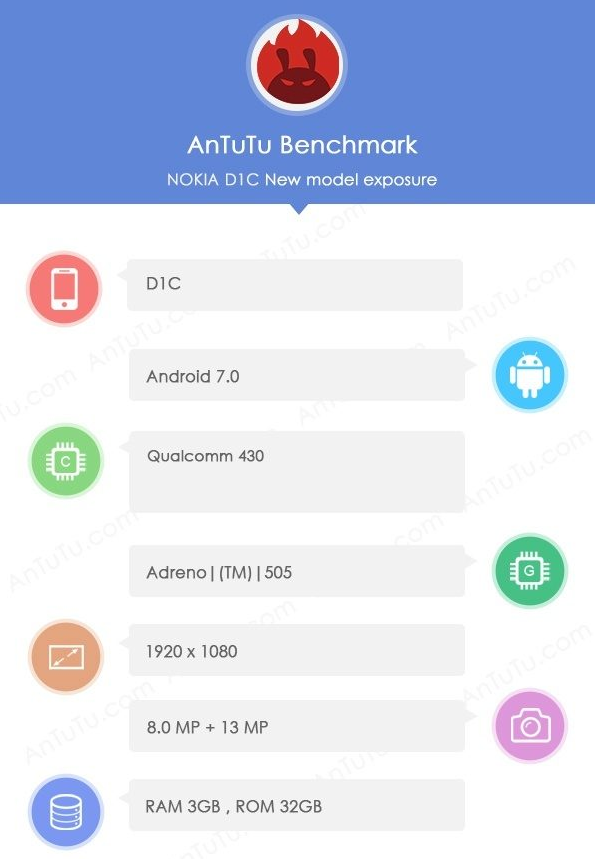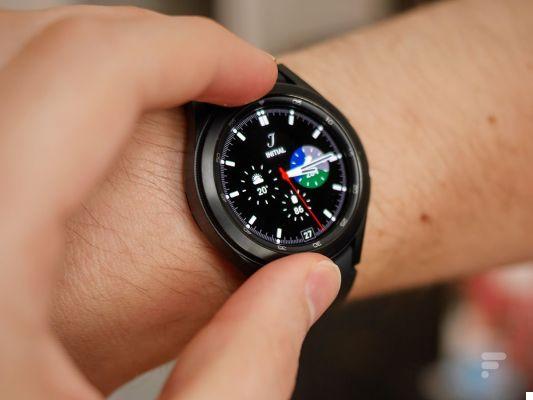
As much as technology is able to find increasingly exciting solutions to improve the lives of humans (and make them lazy, but don't tell anyone) there are problems that we fear are unsolvable. One of these is the alternation of day with night, another is the presence of dark places. Therefore man has always had to deal with the need to illuminate where the eyes alone are not enough.
Born for purely practical needs (obtaining food, fleeing), this need is currently also, if not above all, of an aesthetic type. The questions that arise today are along the lines of: Which soft light will be more functional to the furnishing of my living room?
In recent times, then, a double issue has been taking shape: that of finding increasingly ecological and increasingly smart solutions. So how has lighting changed from prehistoric times to today? And above all, is it possible to establish when she was born?
Enlightenment in prehistoric times
Before discovering how lighting has changed, let's say how it came about. Even if we actually know it, or we can all imagine it. Enlightenment is born with the control, or even better with the domestication, of the fire. This happened during the Paleolithic, about 1 million years ago. Needless to say, it is perhaps the discovery (although discovery in the strict sense is not) more important than history. The fire warms, allows food to be cooked, illuminates, can be used for defensive and offensive purposes.

How lighting has changed: the flashlight
The flame in prehistoric times first arose from particularly flammable twigs, especially those coming from resinous plants.
The next step was to intertwine more branches, so as to guarantee a more powerful and lasting flame. Thus we are at the birth of the first rudimentary torches, which will remain the only lighting tool for millennia.
The lantern
To understand how lighting has changed, it is necessary to mention another fundamental invention (yes, a real invention): the wick. Which gave life, in ancient Egypt (around 1.000 BC), to oil lamps. These then spread to the Greek and Roman world, and for a long time remained the only method of enlightenment in the world.
The candle
The antagonist of the lamp is the candle. Whose place of invention is doubtful: there are those who attribute it to the Roman Empire and those to a Celtic tribe. On the dating, however, there is quite agreement: the invention of the candle dates back to the second century AD
The fuel for the first candles was animal fat to which straw was added, or animal or vegetable waxes. Candles have spread mainly in the Northern countries, while in those of the Mediterranean basin the preference has continued to be given to the lamp, given the large availability of oil.
Towards the Middle Ages and beyond
In fact (it is enough to think of the figurative arts or the scenes of the so-called costume films) candles and oil lamps have been for centuries the only two lighting tools, both domestic and street and, so to speak, itinerant. It was only the formats and any media that changed. The latter allowed the development of public lighting.
The lampada Argand
In 1783 the Argand lamp, invented by the Swiss chemist of the same name, thanks to two concentric metal cylinders around the wick made it possible to produce brighter, whiter light, as well as more stable.
Le lampade a gas
In the years following the invention of the Argand lamp, it was the turn of gas lamps, initially used to light some UK factories. But it will be the most exploited method until the 1879s, despite Edison's epochal discovery of XNUMX.
The light bulb
To know how lighting has changed, it is necessary to mention a fundamental date: 1879. It is in fact then that Thomas Edison invents the incandescent light bulb, still well known to us. Edison proposed a more powerful and enduring model than the one proposed a year earlier by Wilson Swan, which was not successful.

Neon e LED
The invention of neon lighting and LED lighting are very close to each other. Neon gas was discovered in 1898, although the first neon lamp was presented to the public in 1910 in Paris.
In 1907 the effect of luminescence was discovered, even if the LED will be developed only in the following decades, and for the first visible spectrum LED it will be necessary to wait until 1962. While the mass use of LEDs will begin in the seventies of the last century.
 TP-Link Smart WiFi Bulb LED Smart Multicolor, ...
TP-Link Smart WiFi Bulb LED Smart Multicolor, ...
- Remote control - Control your lights wherever you are, via the free tapo app (ios, android) for smartphones and ...
- Multicolor - Easily design scenarios for your daily routine or activity by customizing brightness, ...
- No hub required - Connect the L530E light to your home Wi-Fi, then you are ready
Smart lighting
Today, in addition to LED bulbs, they can be halogen (an evolution of those invented by Edison), often energy-saving, or fluorescent.
But in recent years, the main innovation concerns smart bulbs. I'm LED bulbs that can be operated remotely by means of an app or personal assistant, and to keep household consumption under control. Don't tell that to prehistoric men.




















![[Review] Samsung Powerbot VR7000: the robot vacuum cleaner from Star Wars](/images/posts/6bc44de38605b5c0fa12661febb1f8af-0.jpg)





